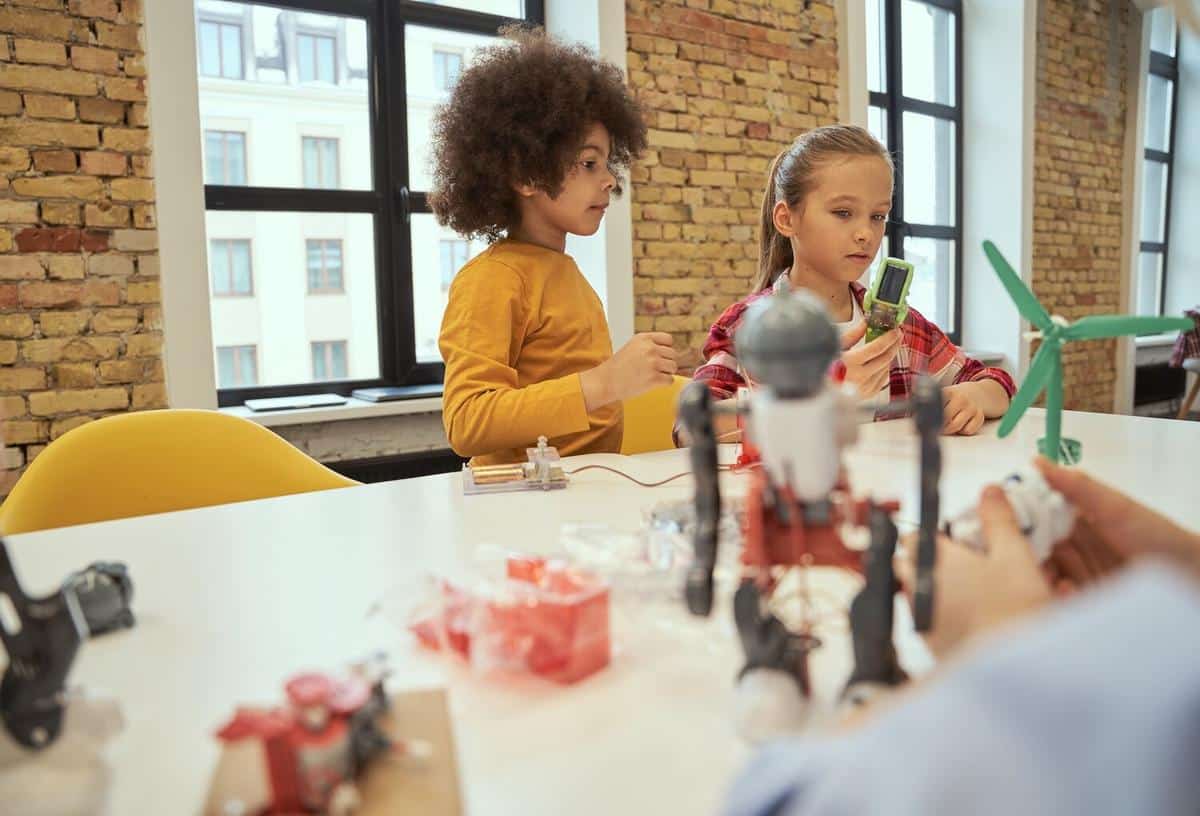
The Importance of Innovation Labs in Schools
Innovation labs in schools are transforming the way students engage with STEM education by fostering creativity, collaboration, and practical problem-solving skills.
The Role of Innovation Labs in Modern Education
Innovation labs, also known as makerspaces, are becoming an integral part of educational institutions worldwide. These spaces are designed to encourage students to explore, create, and experiment with new ideas. According to a study by the Maker Education Initiative, schools with innovation labs report increased student engagement and improved problem-solving skills. These labs provide students with access to tools and technologies such as 3D printers, robotics kits, and programming software, which are essential for STEM education.
Expert Insights on Innovation Labs
Dr. Alex Thompson, a leading educator in STEM, emphasizes the importance of innovation labs, stating, “These spaces are crucial for developing critical thinking and real-world problem-solving skills in students.” He further adds that innovation labs bridge the gap between theoretical knowledge and practical application.
Statistics Highlighting the Impact
A report from the Education Design Lab shows that 85% of schools with innovation labs have noticed a significant increase in student participation in STEM projects. Furthermore, these labs have been linked to a 20% increase in students pursuing STEM careers.
An Example of Success: Lincoln High School
Take the example of Lincoln High School, where the introduction of an innovation lab led to the creation of a student-run robotics club. Students now participate in national competitions, applying what they’ve learned in the lab to real-world challenges.
Actionable Tips for Schools
- Start small: Begin with basic equipment and expand as resources allow.
- Integrate into the curriculum: Ensure that the lab is used as part of regular classes, not just extracurricular activities.
- Encourage collaboration: Design projects that require teamwork and diverse skill sets.
- Seek partnerships: Collaborate with local businesses and universities for funding and mentorship.
Resources for Setting Up an Innovation Lab
| Resource | Description | Link |
|---|---|---|
| Maker Ed | Provides resources and guidance for creating makerspaces. | makered.org |
| Edutopia | Offers articles and case studies on educational innovation. | edutopia.org |
| STEM.org | Provides accreditation and resources for STEM education. | stem.org |
| Instructables | Features DIY projects and tutorials for makers. | instructables.com |
| Thingiverse | A platform for sharing 3D printing designs. | thingiverse.com |
| Arduino | Provides open-source hardware and software for electronics projects. | arduino.cc |
| Raspberry Pi | A resource for low-cost, high-performance computers. | raspberrypi.org |
| Code.org | Offers coding resources and activities for students. | code.org |
Frequently Asked Questions
What is an innovation lab?
An innovation lab is a space designed to facilitate creative thinking and hands-on learning, often equipped with tools and technologies for STEM exploration.
How do innovation labs benefit students?
They enhance problem-solving skills, foster creativity, and prepare students for future STEM careers by providing practical, real-world learning experiences.
What resources are needed to start an innovation lab?
Basic resources include crafting supplies, simple electronics kits, and gradually expanding to include advanced technologies like 3D printers and robotics kits.
How can schools integrate innovation labs into their curriculum?
Incorporate projects that align with classroom learning objectives, and encourage interdisciplinary collaboration among different subjects.
Conclusion: Empowering Future Innovators
Innovation labs in schools are pivotal in equipping students with the skills needed for the future. By fostering an environment of creativity and collaboration, these labs not only enhance STEM education but also prepare students to become the innovators of tomorrow. Schools looking to implement or enhance their innovation labs can start by leveraging existing resources and seeking community partnerships. The journey towards integrating innovation labs is a step towards nurturing curiosity and empowering students to tackle the challenges of the future.


